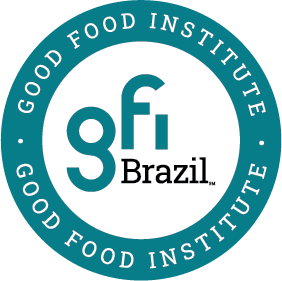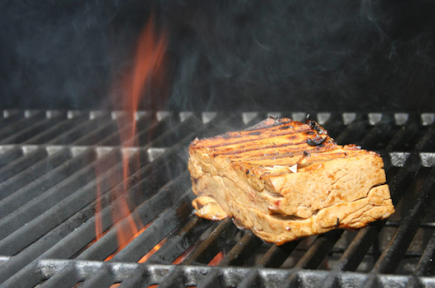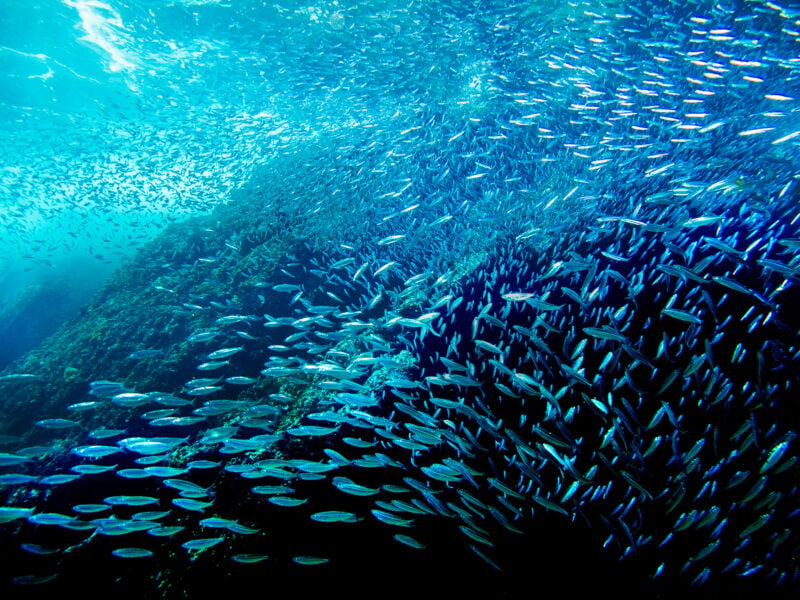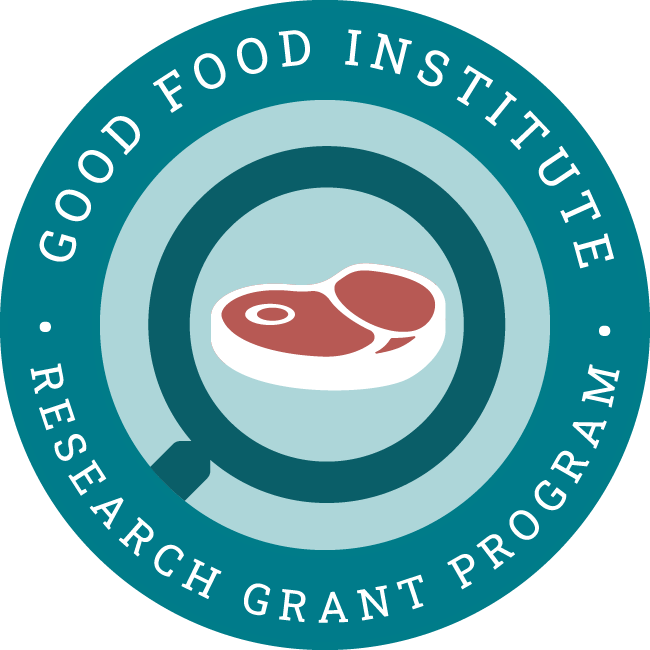Project aims
This project will develop a systematic workflow for 3D printing whole-cut, plant-based fish and seafood. This workflow would provide a feasible method of creating alternative seafoods with the appropriate nutrition, texture, and organoleptic factors. The project will also assess different applications of innovative ingredients from pulses in 3D food printing.
Principal researcher

Dr. Luciano Paulino Silva
Researcher, Embrapa, Brazil
Dr. Silva has over 20 years of experience in nanobiotechnology and bioengineering, as well as expertise developing approaches to image biological materials using atomic force microscopy and imaging mass spectrometry.

GFI Brazil’s plant-based meat resources
GFI Brazil has produced several resources to better understand the alternative protein industry in Brazil.
Related research

Muscle-like structures from pulse proteins
Learn about Dr. Zata Vickers’s research to develop muscle-like structures from pulse proteins to improve the texture of plant-based meat.

Shear cell technology
GFI grantee Dr. Birgit Dekkers at Rival Foods in The Netherlands is developing shear cell technology to make whole cuts of plant-based meat.
Explore research opportunities
-
Cultivated
-
Fermentation
-
Plant-Based
Consumer and sensory research to guide alternative fish R&D
Consumer and sensory research can help companies and academic researchers better understand seafood consumers’ needs and desires. Understanding consumers’ needs will allow alternative fish researchers to ask and prioritize the…
-
Cultivated
-
Fermentation
-
Plant-Based
Catalog of animal meat flavors
Creating a catalog of molecules responsible for the characteristic flavor of a species will enable alternative protein product manufacturers to create products that more accurately replicate the sensory experience of…
-
Cultivated
-
Fermentation
-
Plant-Based
Optimizing fat profiles for nutritional and sensory properties
Because alternative meat’s fat content and fatty acid profile can be more easily controlled than conventional meat’s, there is an opportunity to alter fat content for nutritional benefits. Additional research…
Check out related resources

Aggregating data for alternative seafood
Use our open-access databases to explore how scientific taxonomies and evolutionary relationships map onto culinary categories of seafood.

Sustainable Seafood Initiative
Learn how plant-based, fermentation-derived, and cultivated seafood can improve the health and sustainability of oceans.

The science of plant-based meat
Learn about the science of plant-based meat. Discover resources and research on the latest technological developments and key scientific questions.

